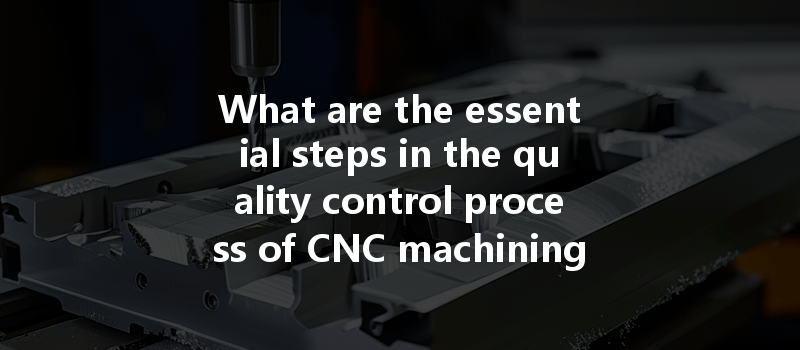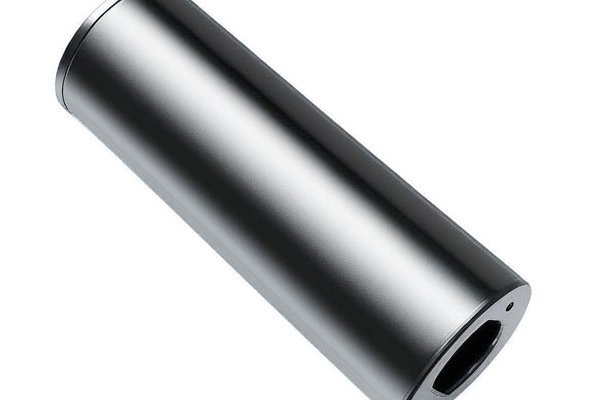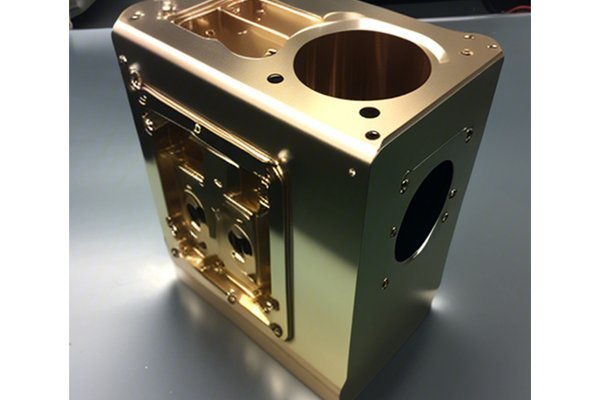: The Importance of Quality Control in CNC Machining
Did you know that nearly 10% of CNC machining projects fail due to inadequate quality control measures? This striking statistic highlights the critical importance of quality control (QC) in the CNC (Computer Numerical Control) machining industry. Quality control not only ensures that components meet exact specifications but also minimizes waste, reduces production costs, and enhances customer satisfaction. In a world where precision is paramount, mastering QC in CNC machining is not just an option; it’s a necessity.
In this blog, we’ll explore the essential steps in the quality control process of CNC machining. We will delve into the significance of each step and how they contribute to producing high-quality components that meet stringent industry standards. By the end of this article, you will understand the complete journey of how QC is implemented in CNC machining projects and gain insights into best practices to enhance your operations.
Understanding CNC Machining and Its Challenges
Before diving into quality control, it’s important to understand what CNC machining entails and the challenges faced during the manufacturing process. CNC machining involves using computer-controlled tools to produce precise components from various materials, such as metal, plastic, and wood. It’s favored for its accuracy, repeatability, and ability to handle complex geometries.
However, the CNC machining process is susceptible to errors and defects due to various factors, such as:
Step 1: Defining Quality Standards
The first step in the quality control process is defining the quality standards that your product must meet. This includes:
Once standards are in place, they serve as a benchmark against which the quality of machined parts can be measured throughout the production process.
Step 2: Implementing Process Control Measures
After defining quality standards, the next step is to implement process control measures that will monitor compliance with these standards. Here are some key measures you can adopt:
Step 3: Calibration of Equipment
Calibration of CNC machines and measuring tools is fundamental to maintaining accuracy. Regular calibration ensures that the equipment’s performance aligns with industry standards.

Step 4: In-Process Inspection
In-process inspection involves evaluating the quality of parts while they are still being manufactured, allowing immediate detection of errors.
Step 5: Final Inspection
Once CNC machining is complete, conducting a final inspection is the next critical step. This ensures that every component adheres to pre-defined quality standards.
Step 6: Documentation and Record Keeping
Quality control in CNC machining entails exceptional record-keeping to maintain an accurate log of inspections and modifications.
Step 7: Continuous Improvement
The final step in the QC process is adopting a mentality of continuous improvement.
: The Importance of Quality Control in CNC Machining
The steps outlined above form the backbone of an effective quality control process in CNC machining. From defining quality standards to ongoing monitoring and continual improvement, each stage plays a critical role in delivering high-quality products that meet customer specifications.
Quality control is no longer a luxury but a necessity in today’s competitive manufacturing landscape. By establishing robust QC measures, companies position themselves not only to meet customer expectations but also to enhance their reputation, reduce costs, and improve their bottom line.
As you reflect on this blog, remember that success in CNC machining is not solely reliant on high-tech machinery. It is the meticulous processes and unwavering commitment to quality that truly drive success. Consider integrating these techniques into your operations and participate actively in fostering a culture that values quality at every level of the organization. Quality control is a journey, not a destination, and embracing it ensures long-term success and sustainability in the manufacturing sector.






